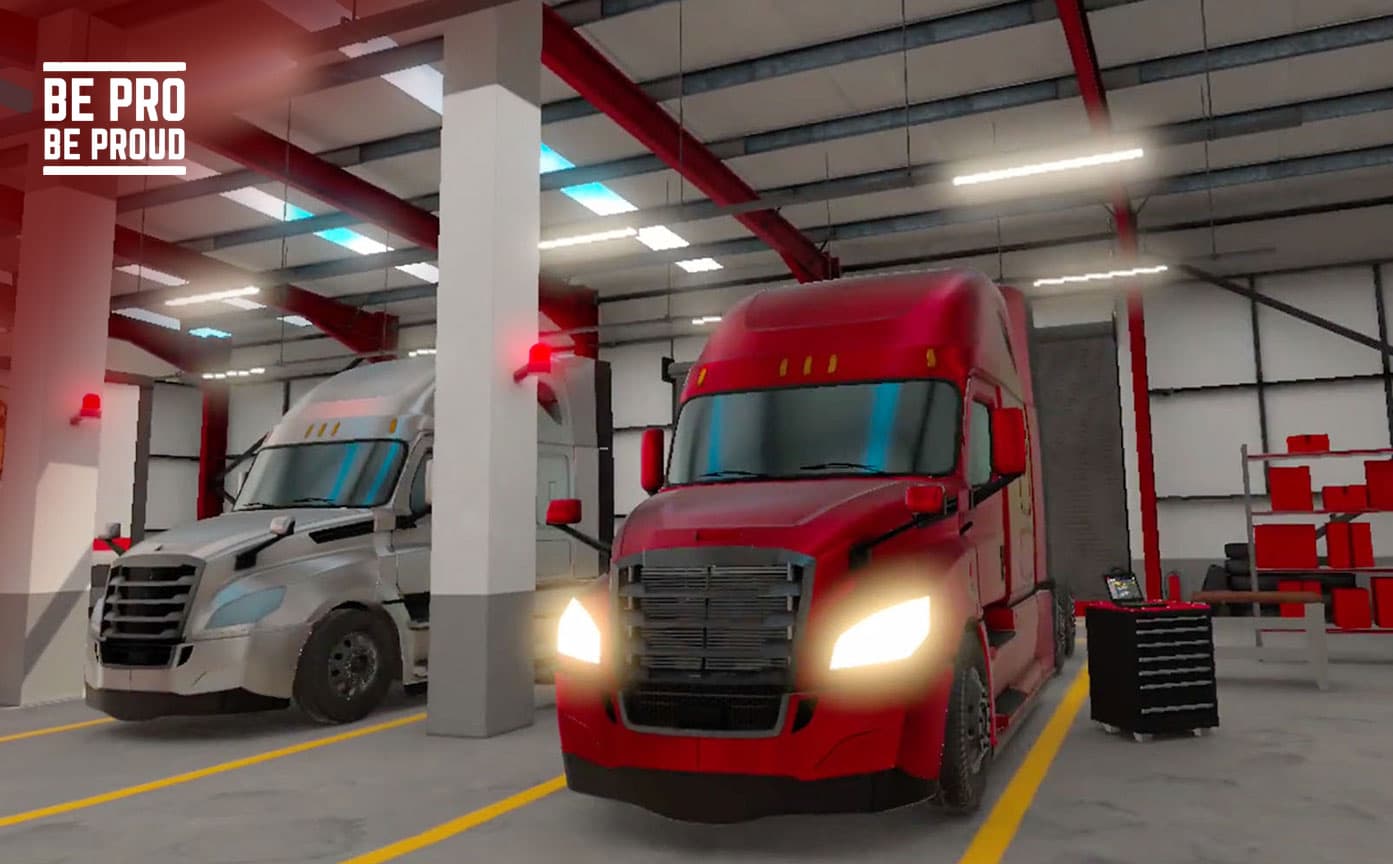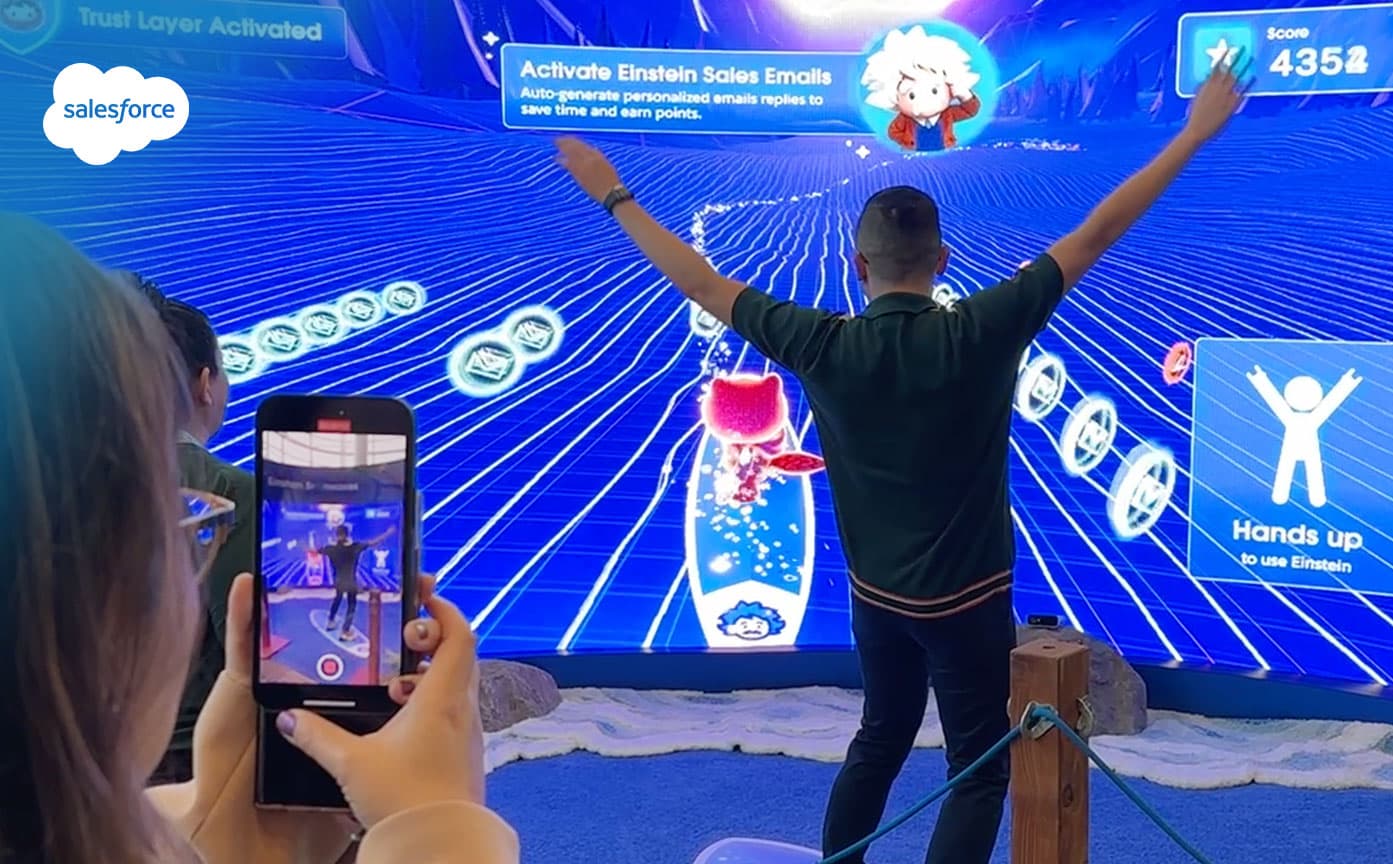ANA.net – Keeping Things Real with Virtual Technologies
Marketers grapple with melding the physical and virtual worlds
Original article appeared on ANA.net on 1.22.2022 – https://www.ana.net/magazines/show/id/ana-2022-01-rise-of-connected-experience
 Brands were starting to build on a digital-first marketing strategy well before the pandemic upended the business world. But if COVID-19 has changed anything since early 2020, it’s how marketers now need to create campaigns that move seamlessly between the physical and virtual worlds. A survey released last fall by Isobar revealed that 47 percent of CMOs predicted greater use of virtual experiences, such as augmented reality (AR), while 42 percent predicted an increase in virtual events and virtual products. “Isobar CX Survey 2021: The Rise of Connected Experience,” based on the responses of 800 global CMOs and marketing directors, also found that a growing number of marketers are embracing a new normal that features an increased use of emerging digital technologies to tell a brand story. What’s more, 86 percent of CMOs agree that most consumer interactions with brands are online, while 82 percent of CMOs have shifted or are shifting their marketing spending to the web.
Brands were starting to build on a digital-first marketing strategy well before the pandemic upended the business world. But if COVID-19 has changed anything since early 2020, it’s how marketers now need to create campaigns that move seamlessly between the physical and virtual worlds. A survey released last fall by Isobar revealed that 47 percent of CMOs predicted greater use of virtual experiences, such as augmented reality (AR), while 42 percent predicted an increase in virtual events and virtual products. “Isobar CX Survey 2021: The Rise of Connected Experience,” based on the responses of 800 global CMOs and marketing directors, also found that a growing number of marketers are embracing a new normal that features an increased use of emerging digital technologies to tell a brand story. What’s more, 86 percent of CMOs agree that most consumer interactions with brands are online, while 82 percent of CMOs have shifted or are shifting their marketing spending to the web.
Despite the digital lurch and the arrival of the metaverse, brick-and-mortar retail outlets are not going the way of the Edsel, even with the ongoing specter of COVID keeping people at home more than usual.
“I don’t think the goal is to recreate the digital shop in the physical store, as both touchpoints have different strengths and weaknesses,” says Isobar Global Head of Design Sven Huberts, who is also global head of design and innovation at Isobar’s parent company, Dentsu International. “It’s about building on and enhancing customers’ natural behaviors with small nudges or steps, not rewriting them to conform to what we early adopters might think is cool.”
Playing Catch-Up Already?
Many forward-thinking brands see a future in virtual reality (VR) engagements as part of their overall messaging efforts, but VR-driven experiences have been stymied by the drop in experiential events — at least for the short-term.
“VR’s use in advertising remains hampered by the high accessibility barriers,” says Stan Lim, chief creative officer at Dentsu International. “A low-touch behavior introduced by the pandemic has also seen a drop in experiential activations that once used VR pretty widely.”
Lim points out that some brands have developed a marketing strategy catered to VR’s role in extending a brand world in interesting formats, citing the Louis Vuitton spring 2021 fashion show as an example of an event that built VR components into a live experience.
The growth of VR-driven brand experiences is also limited by the installed base of VR headsets worldwide, which is expected to reach 34 million by 2024, according to Statista.
Augmented reality (AR) also has a few miles to go before it truly goes mainstream. However, because the technology relies on people’s smartphones and mobile browsers, AR has a head start, giving marketers new ways to engage customers and prospects that go well beyond driving initial brand awareness, Lim says.
“I see it as a three-stage experience strategy,” he adds. “Conventional film and social content is great for top-of-the-funnel stuff. AR can be used very effectively to raise the brand experience and to persuade in the mid-funnel. Post-conversion, VR will be the deep brand world you create for the truest fans.”
The biggest obstacle to AR’s growth may be that many brands still haven’t grasped how pervasive the technology is already. “The most common pushback from marketers is worry about lack of reach due to the extra steps consumers have to take to be exposed to brand messaging,” Lim says. “I think it comes from a lack of understanding around what a strategically designed AR strategy can do for a brand.”
Just Another Accessory
Despite the obstacles, brands continue to ramp up their investments in AR. Dan Ferguson, co-founder and partner at Groove Jones, which provides AR, VR, and other technology for advertising, training, design, and productivity, says that consumers view AR as just another accessory on their smartphones and social channels.
“When we explain to marketers that if they’ve ever used a filter on a photo, they’re using AR, they get it,” says Ferguson, whose clients include Toyota, AT&T, and Salesforce. “Toyota is using AR to display vehicles when they’re not physically there or to display digital add-ons like roof racks to vehicles that are physically there, so it’s for visualization, productivity, and merchandising as well.”
Groove Jones recently developed an ad campaign for the NBA’s Dallas Mavericks, featuring a gamified digital AR experience targeting the basketball team’s fans. The campaign, which was created in partnership with The University of Texas Southwestern Pediatrics Group, is designed to promote the idea of wearing a mask to help stop the spread of COVID-19.

“The pandemic has definitely driven interest in AR, because for a while everything that people had been touching, feeling, and tasting pre-COVID was then being done virtually, using the camera on their phone,” Ferguson says.
Ferguson also notes that AR experiences can be tracked and measured to show opt-in rates and conversions, giving the technology a provable ROI, and letting brands build out their first-party data sets. AR-based campaigns normally require two to four months to produce and, due to its digital nature, the creative can be adjusted in near-real-time, Ferguson adds.
However, Dr. Jennifer Brannon Barhorst, assistant professor of marketing at the College of Charleston, School of Business, says generating solid ROI from AR-based campaigns will be a challenge.
“The return on marketing spend is still being determined,” says Barhorst, author of a 2021 study exploring the impact of AR technologies in a traditional shopping context.
Don’t Lose Sight of the Customer
Barhorst envisions a not-too-distant future where brand icons such as Tony the Tiger and the Pillsbury Doughboy are brought to life via AR in store aisles to steer consumers toward specific products, though that will likely require AR moving from smartphones to wearable technology such as smart glasses.
Groove Jones’ Ferguson says that wearables will quickly rival smartphones in delivering compelling brand AR-based experiences and he stresses that ad agencies should evaluate how these platforms will require new creative approaches. “Marketers are going to need to think in 3D and focus on bite-size snackable engagements, 30-, 60- and 120-second experiences,” he says.
While these technologies hold a lot of promise for marketers, Isobar’s Huberts says AR and VR should continue to be viewed through the prism of enhancing the customer experience.
“Technical gymnastics can work great to drive buzz and awareness for more short-term marketing and advertising efforts,” he says. “But if you’re launching an innovative product and service that is meant to deliver longer-term utility, you need to be doubly focused on solving a real customer problem. People first, tech second.”




